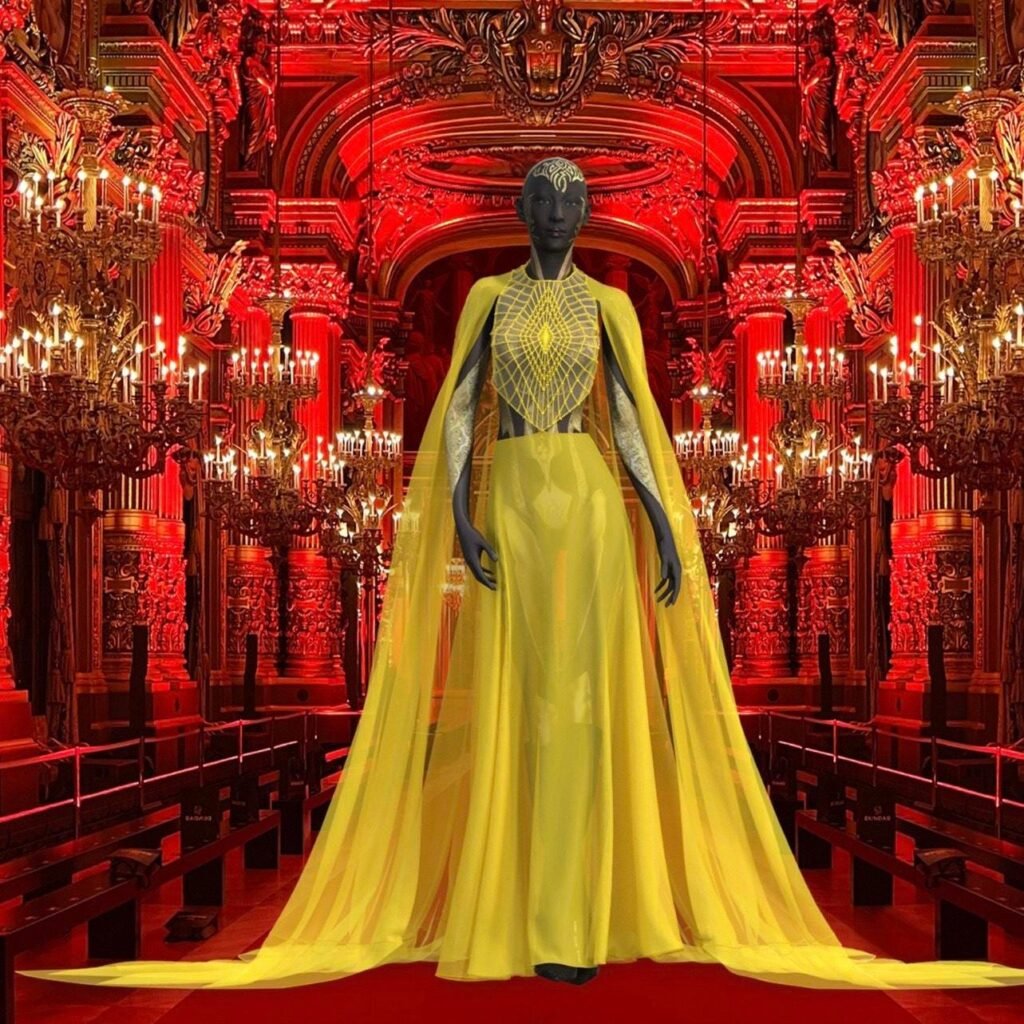As the concept of the metaverse continues to gain traction, fashion designers are now turning their attention to creating virtual clothing and accessories for users to wear in these virtual spaces. A recent article published in Forbes by Maria Gracia Santillan Alinares explores the latest developments in this space, with a particular focus on Decentraland’s Fashion Week.
Decentraland’s Fashion Week: A Muted Return
Decentraland is a decentralized virtual world that allows users to create, experience, and monetize content and applications. Last year, the platform hosted its first-ever Fashion Week, which showcased virtual clothing and accessories created by designers from around the world.
This year’s Fashion Week was a more muted affair, with fewer designers and less fanfare. However, it still showcased some innovative designs that demonstrate the potential of virtual fashion.
One of the key advantages of virtual fashion is that it allows for greater creativity and experimentation. Designers can create clothing and accessories that would be impossible or impractical to make in the real world, such as clothing that changes color or shape in response to user input.
The Future of Virtual Fashion
As the metaverse continues to grow and evolve, it’s likely that virtual fashion will become an increasingly important part of the landscape. Virtual clothing and accessories not only offer a new form of self-expression but also represent a significant revenue opportunity for designers and fashion brands.
However, there are also some challenges that need to be addressed. For example, how will virtual fashion be monetized? How can designers protect their intellectual property in the virtual world? And how can we ensure that virtual fashion is sustainable and environmentally responsible?
Conclusion
Decentraland’s Fashion Week may have been a more muted affair this year, but it still showcased some exciting developments in the world of virtual fashion. As the concept of the metaverse continues to gain traction, it’s clear that virtual fashion will play an increasingly important role in this new landscape. By addressing the challenges and opportunities presented by virtual fashion, designers and brands can create a vibrant and sustainable industry that offers new forms of self-expression and creativity for users around the world.

